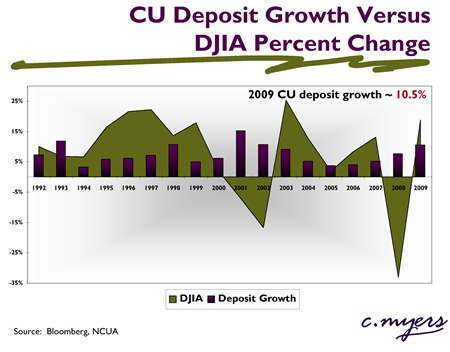c. bit: Please don’t “Frankenstein” your Asset/Liability Management Policy
Over the years we have reviewed many credit union A/LM policies. One of the biggest issues we’ve found is that often the policies are “Frankensteined” from various sources. We are reminded of this currently as credit unions are writing policy with respect to liquidity management and contingency funding plans.
Why does this happen? Our theory is twofold.
First, nobody wants to reinvent the wheel when it comes to A/LM policy. Let’s face it – policy writing is tedious. An informal survey of CFOs showed that many would equate writing a policy to having a root canal.
Second, quite often people wait until the last minute to put the policy together. So what do they do? A web search or call their credit union friends and ask for a copy of their policies.
The result is a “Frankensteined” policy that often has many conflicts throughout. And, because people are in a hurry, they don’t really think critically about what they are committing to do in policy. This can result in a distasteful experience if an examiner reads the policy start to finish.
If you are reviewing your policies as part of your normal cycle or updating them to include liquidity management and a contingency funding plan – please take the time to thoroughly review your policy to help ensure it reflects the true tolerances of your board and that there are no conflicts.




